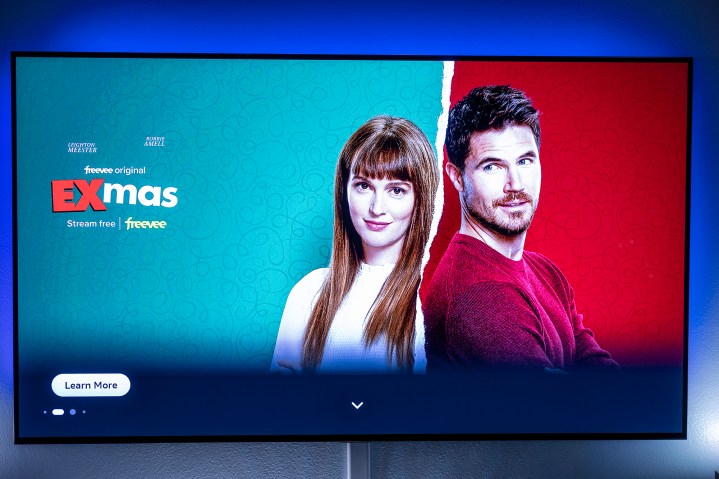
There’s been a little bit of a kerfuffle of late regarding Amazon Fire TV and advertising. Not that it has ads on the home screen, mind you. That’s not exactly new. But, rather, that you’re getting pushed onto a full-screen promo when coming out of sleep mode because you’re landing right atop the featured carousel, which in turns triggers the full-screen ad. Previously, you’d have to click up into the carousel for it to expand.
In light of this uproar, it’s worth reminding ourselves what Amazon Fire TV is.
Yes, Amazon Fire TV is a platform on which you can watch all kinds of video from all kinds of sources. You can watch Netflix. You can watch YouTube TV. You can watch Apple TV. You can watch Amazon Prime Video.
And, yes, Amazon Fire TV is a platform with which you use countless other apps and services, including listening to music. Or perusing your photos. Or controlling other connected devices and smart-home services. You can even take advantage of Amazon’s cloud-based gaming system, Luna. Or you can really get into the weeds and do some Android-based sorcery, as long as you’re working on an Android-based device.
Those are all things you can do with an Amazon Fire TV device. But they’re not what defines an Amazon Fire TV device. No, that comes in the first word of the name. Amazon.
Fire TV is, first and foremost, Amazon Fire TV. And that means it’s a portal in which Amazon gets to peer into — and in many ways touch — various aspects of your digital and, increasingly, physical world. Amazon Fire TV is not some benevolent streaming platform that lets you watch what you want without at least taking a peek into what you’re doing. Very much the opposite, in fact. Same goes for any — and every — other Amazon service, whether it’s retail, or Amazon Web Services, or in its latest major endeavor, health care. Amazon does not simply sell you something, pat you on your head, and send you on your way, saying, “Have fun storming the castle, boys,” without ever peering back through that portal you conveniently gave it into your life.
You make a deal with the advertising devil when you buy tech in the 21st century. Spend wisely.
That’s the bargain we all make with Amazon. And Google. And Microsoft. And Apple. Any modern company that sells us something, really. Make no mistake: You may have purchased the hardware. But you never own the experience, as the Fire TV fans were painfully reminded this month. You will be subject to unwanted advertising. (Ever met someone who said: “Give me all the ads!”) You will be bludgeoned with promotions for the company’s own products. T’was ever thus.
The question, then, is what to do about it. One Fire TV fan blog (which, like this site, also has plenty of display advertising) recommends review bombing Fire TV products on Amazon itself. That’s not a particularly smart way to go about things.
If you want to punish Amazon for doing something you don’t like, there’s really only one way to go about it: Stop using the product. Buy something else. Vote with your wallet.
(And I also highly recommend something like Pi-hole on principle.)
There’s a trade-off you make when you buy a lost-cost streaming device, and it’s not unique to Amazon. It’s true, too, for Roku, which basically is now an advertising company first and streaming platform second. It’s true for Google. And others. That trade-off is you get a really inexpensive — and to be perfectly fair, really good — streaming device for not a lot of money. And in return you get ads and promos and god knows how much data mining. That wasn’t a secret when you bought it, and it shouldn’t be a surprise now.
If you don’t want ads and promos forced on you, you better not use a modern streaming device. Or at least use one that pays lip service to privacy. Or one that happens to be atop our list of the best streaming devices you can buy — with a lack of display advertising a big reason why.
Editors' Recommendations
- If you don’t see CBS in 4K on YouTube TV, try this
- YouTube TV fixes one of the more annoying parts of its guide
- Amazon is trying to prove that AirPlay and Chromecast don’t matter
- Everyone is missing the point on streaming video
- Apple TV+ and other Apple One services get a price hike




